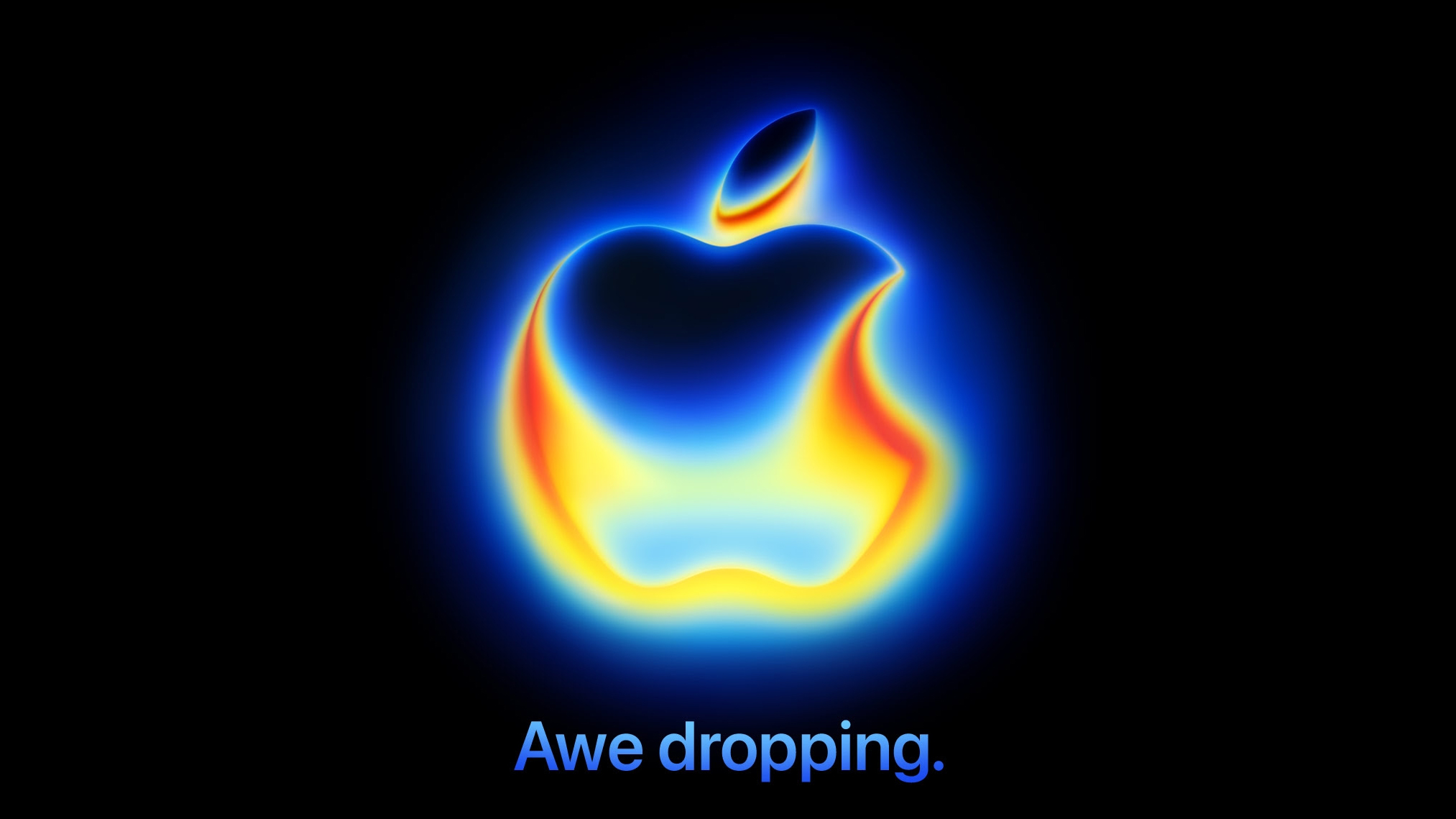Marantz introduces high-end HD-DAC1 headphone amplifier
Marantz has taken the wraps off the HD-DAC1, which is the manufacturer's first high-end headphone amplifier that features an integrated DAC and comes with amplification technologies from its own Premium 11 series on board.

The company says that its latest product is designed to deliver "an incredibly emotional, high-energy headphone experience", with the HD-DAC1 said to be capable of driving audiophile grade, high-impedance headphones up to 600 ohm, complete with MODE ease.
According to Marantz, this performance is down to the HD-DAC1's three-level gain control, proprietary HDAM (Hyper Dynamic Amplifier Module)-SA2 modules, high current Cirrus Logic CS4398 DAC and "Premium Quality" fixed and variable RCA outputs.
MORE: Denon unveils DA-10 headphone amplifier
And not only can the HD-DAC1 drive headphones, but Marantz says it can also be connected to an integrated amplifier or a pair of active speakers or power amps. It features a wealth of inputs, including optical and coaxial digital, USB-B for playing music via a PC or Mac, front USB port for iDevices and an analogue input.
The USB-B port works in asynchronous mode and can support high-resolution 24-bit/192kHz files as well as DSD 2.8 and 5.6MHz. It also benefits from extended isolation as part of efforts to effectively eliminate high frequency noise generated by the connected computer. A jitter remover and Dual Clock also feature for improved accuracy.
MORE: High-resolution audio - everything you need to know
A porthole display adorns the front of the DAC1, which shows information on the volume, input and resolution of your music. Elsewhere, the front of the device has been finished in solid aluminium and is supported by a double layer bottom plate and side panels, complete with faux wood finish.
The latest hi-fi, home cinema and tech news, reviews, buying advice and deals, direct to your inbox.
The Marantz HD-DAC1 is now available to purchase in black and silvergold finishes, setting you back £679.
MORE: Awards 2014 - Best DACs
Max is a staff writer for What Hi-Fi?'s sister site, TechRadar, in Australia. But being the wonderful English guy he is, he helps out with content across a number of Future sites, including What Hi-Fi?. It wouldn't be his first exposure to the world of all things hi-fi and home cinema, as his first role in technology journalism was with What Hi-Fi? in the UK. Clearly he pined to return after making the move to Australia and the team have welcomed him back with arms wide open.

